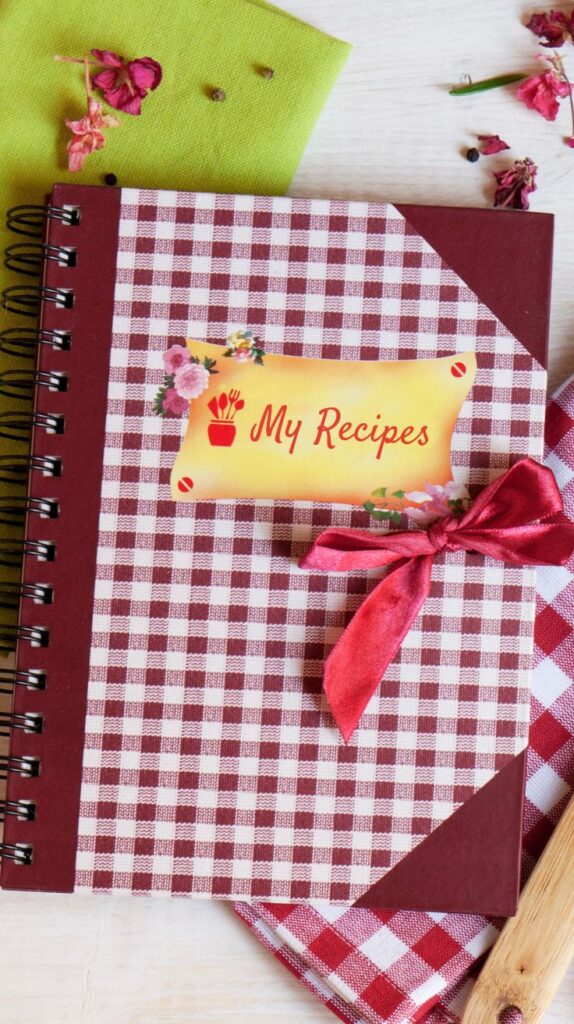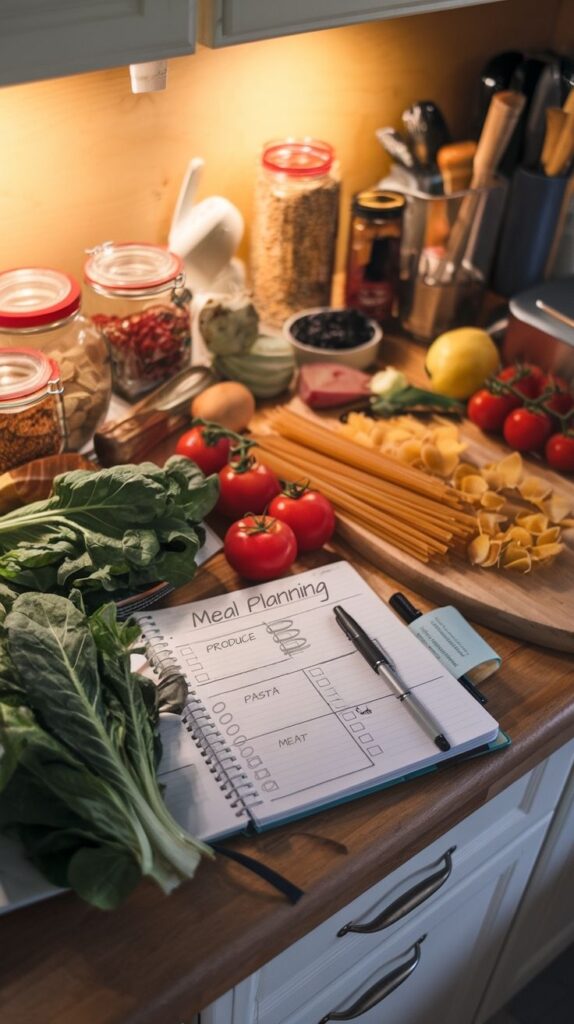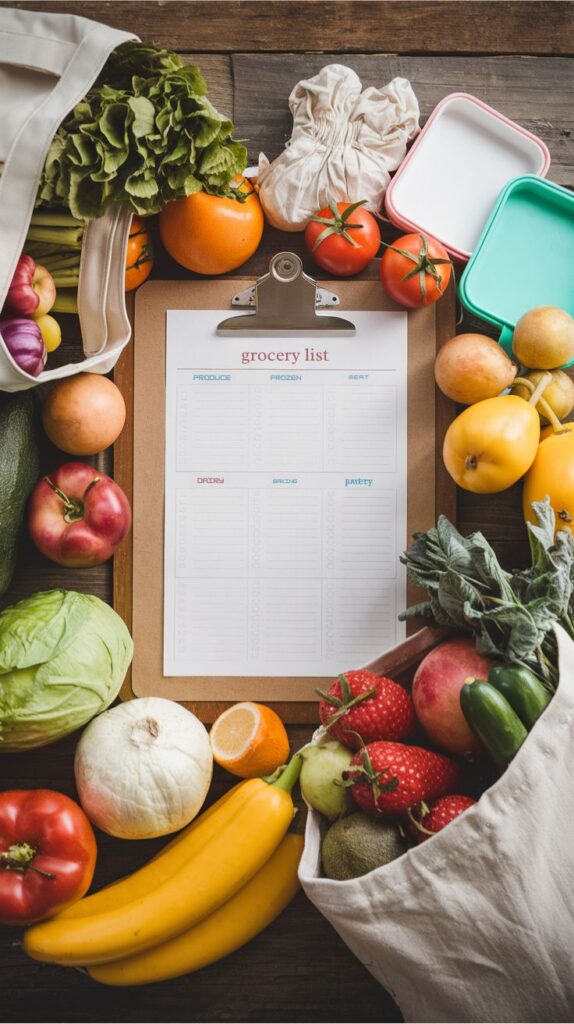Meal planning can feel like a chore—time-consuming, overwhelming, and repetitive. But what if you could make it quick, efficient, and dare I say… fun? Imagine spending just 10 minutes to plan a week of meals that save you money, reduce food waste, and keep your family happy and full. Intrigued? Let’s dive into a comprehensive guide that will make weekly meal planning your new favorite ritual.
1. Start with Your Calendar

Check Your Weekly Schedule
Your week dictates your meals. Busy days might call for quick dinners or crockpot recipes, while relaxed evenings are perfect for trying new dishes or indulging in a family favorite. By syncing your meals with your calendar, you’ll create a plan that fits seamlessly into your lifestyle.
On nights when you’re pressed for time, having a quick recipe ready to go will save you from the temptation of takeout. Meanwhile, planning something a little more indulgent for your relaxed evenings can transform your dinner into a mini event, complete with leftovers for lunch the next day.
Why This Step Matters
Meal planning works best when it’s realistic. Planning an elaborate recipe for a night packed with soccer practice or late meetings is a recipe for takeout, not success. When you sync your meals with your schedule, you’ll avoid unnecessary stress and last-minute scrambling. It also helps reduce food waste since you’re only buying ingredients for meals you’ll actually have time to prepare.
How to Do It
- Scan your calendar for events, commitments, or late nights.
- Label each day as “Quick,” “Leisure,” or “Leftovers.”
- Note specific meals: family dinners, solo meals, or dining out.
- Adjust as needed for special occasions or dietary restrictions.
Imagine This
Picture opening your planner on Sunday evening. You see “quick stir-fry” for Monday, “pasta bake” for Wednesday, and a comforting slow-cooked stew for the weekend. No scrambling to figure out dinner after a hectic day—just a plan that fits seamlessly into your life.
2. Pick a Theme for Each Day

Simplify Decisions with Themes
Themes make meal planning effortless by narrowing down choices. Taco Tuesdays and Pasta Fridays, anyone? This simple step injects structure and creativity into your week, making meals predictable but never boring. Themes not only save time but also add a sense of fun and anticipation to dinnertime.
For families, themed nights can become traditions that everyone looks forward to. Imagine kids eagerly waiting for Pizza Night or the cozy comfort of Soup Sundays. For individuals or couples, themes simplify decision-making and provide an opportunity to explore new recipes within a familiar framework.
Why Themes Work
Themes reduce decision fatigue. Instead of starting with a blank slate, you have a clear direction. They’re also fun! Who doesn’t love the excitement of Pizza Night or Breakfast for Dinner? Plus, themes make it easier to align your meals with your grocery shopping list, as you’ll already have a general idea of what’s on the menu.
How to Do It
- Choose broad themes: “Italian Night,” “Grill It,” or “Soup and Salad.”
- Rotate family favorites to keep things fresh.
- Consider seasonal options: grilled meals in summer, hearty soups in winter.
Imagine This
It’s Tuesday, and the smell of sizzling fajitas fills your kitchen. Everyone knows what’s for dinner—no last-minute debates, no extra stress. A themed approach keeps your meals predictable yet exciting.
3. Use a Go-To Recipe List

Create a Master Recipe Bank
Imagine always having a curated list of meal ideas ready to go. That’s what a master recipe bank does for you. It’s a collection of recipes you’ve tried and loved or ones you’re excited to try. This eliminates the guesswork and makes meal planning faster and more enjoyable.
Your recipe bank is like your personal library of dinner successes. When you’re short on inspiration or time, you’ll have a go-to resource filled with delicious ideas that you already know will work. It’s about creating a reliable system that takes the stress out of planning.
Why This Step Matters
A recipe bank eliminates the overwhelming “What should I cook?” dilemma. It’s also a great way to incorporate tried-and-true meals alongside new experiments. Having all your favorites in one place saves time and prevents decision fatigue during the planning process.
How to Do It
- Divide recipes into categories: quick meals, family favorites, and make-ahead dishes.
- Bookmark them digitally, save them on Pinterest, or write them in a recipe journal.
- Keep a section for recipes you’d like to try.
Imagine This
You’re flipping through your go-to recipe binder. “Spaghetti with veggie marinara? Always a hit. Lemon garlic chicken? Easy and delicious.” No second-guessing—it’s all in one place.
4. Shop Your Pantry First

Use What You Have
Your pantry is a goldmine of meal potential. Checking what you already have before heading to the store can spark creativity and help you save money. From that forgotten can of chickpeas to the extra rice you bought last month, there are hidden treasures just waiting to be turned into delicious meals.
Shopping your pantry first reduces food waste and makes meal planning more efficient. By using what you already have, you’ll create a plan that’s resourceful and budget-friendly. It’s also an opportunity to declutter and organize your pantry as you take stock of what’s there.
Why This Step Matters
Pantry shopping makes meal planning more sustainable. You’ll often discover forgotten ingredients that can inspire a meal or complement your plan. It’s an eco-friendly approach that ensures nothing goes to waste while saving you a trip to the store for something you might already have.
How to Do It
- Make a quick inventory of fresh and pantry items.
- Plan meals around what’s available (e.g., “half a bag of spinach = spinach omelets”).
- Add missing ingredients to your list.
Imagine This
Opening your pantry, you spot a bag of rice, black beans, and canned tomatoes. Boom—Tuesday’s dinner becomes a simple burrito bowl. Efficient and budget-friendly!
5. Make Your Grocery List in Categories

Organize for Efficiency
A great grocery list is like a roadmap for a stress-free shopping experience. By dividing your list into categories, you can streamline your trip and avoid wandering aimlessly through the aisles. It’s all about maximizing your time and making the process as smooth as possible.
Categorizing your grocery list isn’t just efficient—it’s a game-changer for staying on budget. You’re less likely to forget essentials or succumb to impulse buys when your list is clear and organized. Plus, grouping items by store sections minimizes backtracking, saving both time and energy.
Why This Step Matters
A great grocery list is like a roadmap for a stress-free shopping experience. By dividing your list into categories, you can streamline your trip and avoid wandering aimlessly through the aisles. It’s all about maximizing your time and making the process as smooth as possible.
Categorizing your grocery list isn’t just efficient—it’s a game-changer for staying on budget. You’re less likely to forget essentials or succumb to impulse buys when your list is clear and organized. Plus, grouping items by store sections minimizes backtracking, saving both time and energy.
How to Do It
- Divide your list into sections: produce, pantry, frozen, protein, and miscellaneous.
- Write items in order of your store’s layout to minimize backtracking.
- Stick to the list to stay on budget.
Imagine This
You’re gliding through the store with a list that’s practically foolproof: all the veggies in one spot, dairy in another, and no circling back for missed items. You’re in and out with everything you need.
Conclusion
Creating a weekly meal plan in under 10 minutes isn’t just possible—it’s empowering. With a quick glance at your schedule, a few trusty themes, and a little pantry inventory, you’ll save time, stress, and money. Plus, you’ll look forward to dinners knowing they’re already planned and prepped for success.
What’s your go-to strategy for meal planning? Share your favorite tips in the comments below! And if you found this post helpful, don’t forget to explore more meal-prep inspiration here on the blog.
